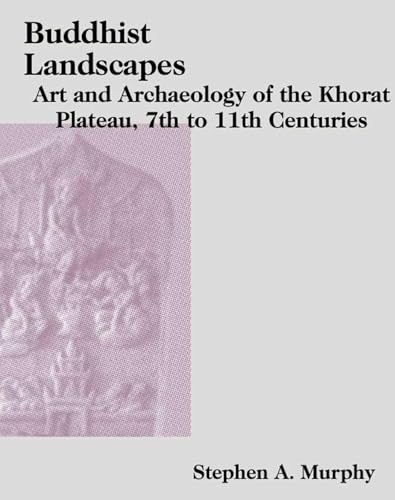via The Wire, 03 October 2020: Op-ed by the esteemed Himanshu Prabha Ray calling for India to appreciate its maritime history the lack of which is evidenced by the inclusion of the Borobudur boat in the constitution and in the airport in Mumbai. [In an earlier version I had mistakenly wrote that this article was a call appreciate India’s role as a maritime power. Apologies for this misrepresentation.]
Let us start with the constitution of India. It is not widely known that the original copy of the Constitution has drawings made by the famous artist Nandalal Bose. The illustrations that Bose selected for representation draw on India’s pre-Independence past, starting from the third millennium BCE Harappan civilisation to the prominent leaders of the freedom struggle. The last three visuals are of India’s geographical features: the Himalayas, the desert and the ocean. It is not surprising that Bose chose to represent the ocean through two drawings on page 181. On top of the page is the terracotta boat model recovered from Mohenjo-daro, now in Pakistan, which replicates a boat probably made of bundled reeds, with a deck as was shown on a rectangular stone seal from Mohenjo-daro. This emphasis is not surprising, since the unearthing of the Harappan civilisation in the 1920s was perhaps the most notable achievement of the Archaeological Survey of India.
At the bottom of the page is a two-masted sailing ship that occurs on the Buddhist monument of Borobudur in central Java in Indonesia. Borobudur is a unique Javanese monument consisting of terraces of decreasing size that was built between 730 and 860 CE. In the first gallery at Borobudur, a series of four panels illustrate the life of the Bodhisattva as a sea captain and how he and his sailors had been shipwrecked on the island inhabited by female ogres. A question that arises is how does an Indonesian ship find representation in the constitution of India, though this is not the only example?
Source: India’s Maritime History Requires Greater Appreciation

























